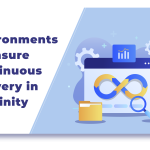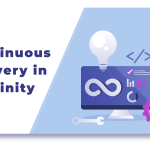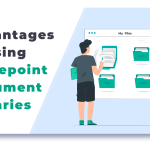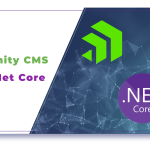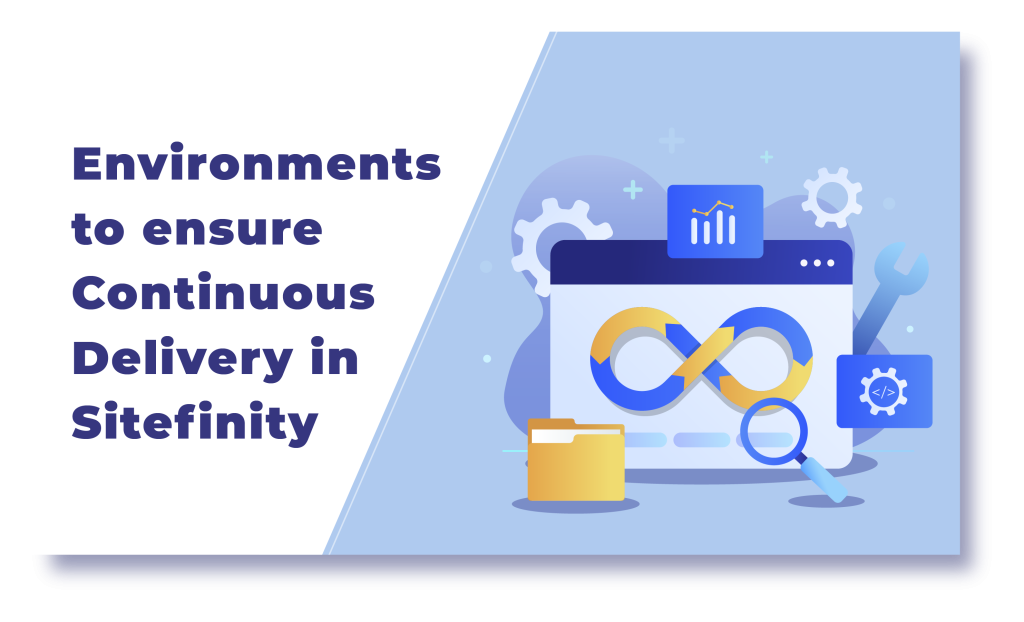
Environments and Setup for Continuous Delivery
In the previous blog, we discussed the basics of Continuous Delivery. What it means and how it helps while working with Sitefinity CMS. We also mentioned the three environments that would ensure Continuous Delivery in the Sitefinity platform. In this blog, we will be discussing in detail what are the suitable Environments and Setup for Continuous Delivery in Sitefinity CMS. Let us dive in and see.
Given below are the three environments that are said to be suitable for carrying out Continuous Delivery in Sitefinity.
- Development environment
The development environment is where one would begin developing the project. In most cases, these environments are integrated into something like a source control system, for example, GitHub. It is in this environment that one will develop the project, extend, build and configure it for the purpose of running integration tests.
- Test environment
Just like the name denotes, it is in this environment that the tests are made to run. These tests include performance tests, automation tests, and security tests. One can not just create content but also delete unwanted content while performing the tests. In case there arises a situation where you are required to fix or correct something with your code. In that case, you will have to go back to the development environment to get that done. It is because one cannot make any changes while in the test environment but once these codes get fixed, you can go back and sync it to the test environment.
- Live environment
The live environment is in fact where the public user-facing your website. In other words, we could say that the front end of the website can be accessible to the public users in this environment. It is also referred to as the production environment. Within this environment, the backend users can work on changing the settings within the runtime, manage their website, and create and add required content.
The limitation involved in this environment is that one cannot change the codes or modify the configuration of their project. In case you wish to make any changes and updations to the codes, just like we mentioned before, one will have to go back to the development environment.

